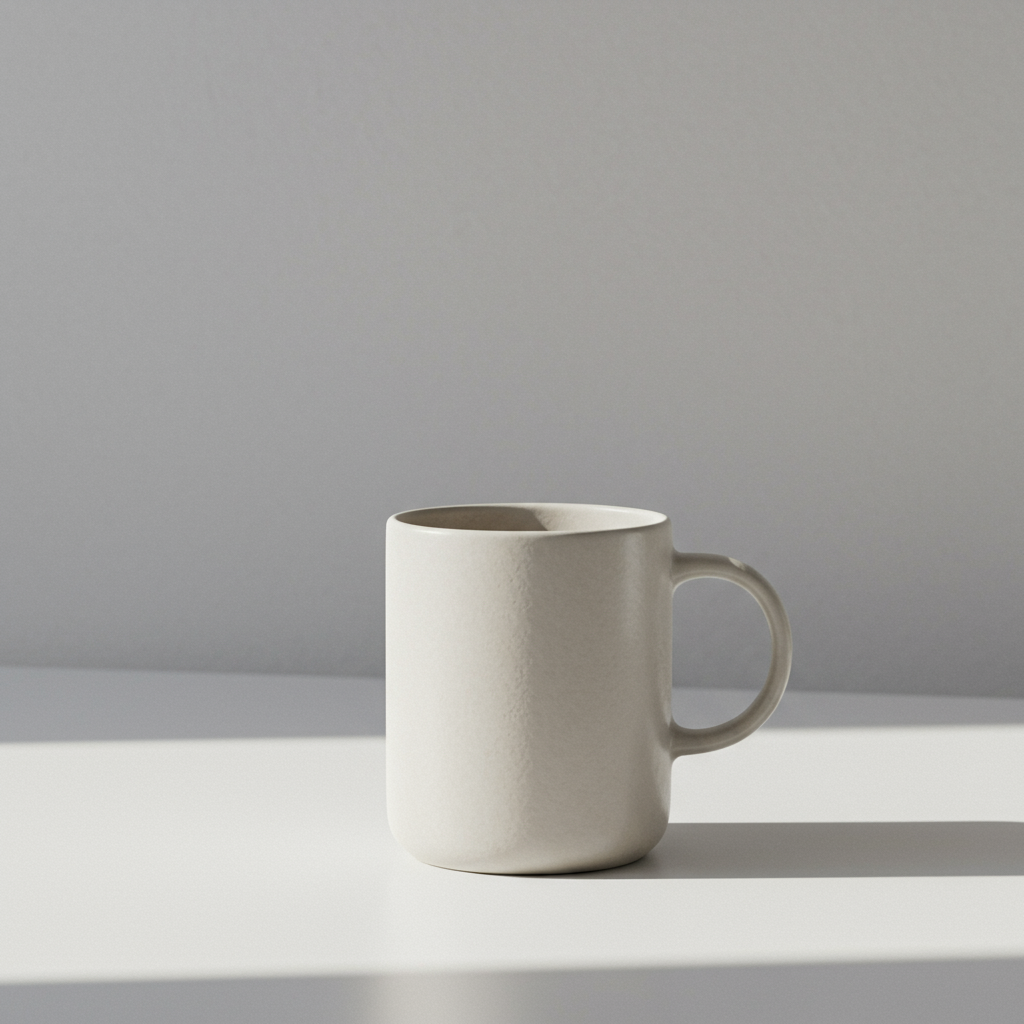Elevate Your Brand and Boost Sales with Stunning Visuals
As a Shopify merchant, you know that your online store is your storefront. Unlike a physical shop where customers can touch and feel your products, online, their primary interaction is through images. This is why product photography isn’t just a nice-to-have; it’s absolutely essential for your success.
I’ve seen countless Shopify stores, and the ones that truly stand out, the ones that convert visitors into loyal customers, almost always have one thing in common: exceptional product photography. It’s the silent salesperson working tirelessly for you, 24/7.
Think about it: your product images are the first impression, the virtual handshake with your potential customer. High-quality photos build trust, convey professionalism, and most importantly, help customers visualize themselves using or owning your product.
So, how do we achieve these stunning visuals without breaking the bank or needing a professional studio? I’m here to guide you through practical, actionable tips that you can implement right away, whether you’re just starting out or looking to refine your existing product shots.
Let’s begin with the basics: your equipment. You don’t necessarily need a fancy DSLR camera. Modern smartphones, especially newer models, are incredibly capable and can produce fantastic results if used correctly.
Regardless of your camera choice, a tripod is non-negotiable. I cannot stress this enough. A tripod eliminates camera shake, ensures sharp images, and allows for consistent angles and lighting across all your product shots, which is crucial for a cohesive store aesthetic.
Next up is lighting, arguably the most critical element in product photography. Natural light is often your best friend. I recommend setting up near a large window, but avoid direct sunlight as it can create harsh shadows and blown-out highlights.
Look for soft, diffused light. If the sun is too bright, you can use a sheer curtain or a white bedsheet to diffuse the light, making it softer and more even. This gentle illumination will highlight your product’s details without creating distracting shadows.
If natural light isn’t consistently available, or if you need more control, consider investing in artificial lighting. A simple softbox setup or even a couple of desk lamps with white diffusers can make a world of difference. The goal is always soft, even light.
Now, let’s talk about backgrounds. For most products, especially if you’re just starting, a clean, simple, white or neutral background is ideal. It keeps the focus squarely on your product and makes it easy to edit later.
You can achieve this with a large sheet of white paper, a white poster board, or even a white bedsheet draped smoothly. The key is to avoid wrinkles and distractions. Remember, less is often more when it comes to backgrounds.
Once your lighting and background are set, it’s time to focus on composition and angles. Don’t just take one shot. I encourage you to experiment with multiple angles to showcase every aspect of your product.
Take a straight-on shot, a top-down view, and shots from different sides. If your product has unique features, like intricate details or special textures, make sure to capture close-up shots that highlight these elements.
Consider the “Rule of Thirds” – imagine your image divided into a 3×3 grid. Placing your product or key elements along these lines or at their intersections can create a more balanced and visually appealing photograph.
For products like clothing or accessories, consider lifestyle shots. These images show your product in use, helping customers envision themselves with it. I find these particularly effective for building an emotional connection.
When incorporating props into lifestyle shots, be mindful. Props should complement, not compete with, your product. They should add context and enhance the story you’re telling, without distracting from the main item.
Consistency across all your product images is paramount for a professional-looking Shopify store. I recommend establishing a consistent style for lighting, background, and even the angles you use for similar products.
This consistency creates a cohesive brand identity and makes your store feel polished and trustworthy. It also makes it easier for customers to browse and compare products.
After shooting, editing is the final, crucial step. You don’t need complex software like Photoshop. Many free or affordable apps and online tools offer basic editing capabilities that are more than sufficient.
Focus on adjusting exposure (brightness), white balance (color accuracy), contrast, and saturation. Cropping your images to a consistent aspect ratio is also important for a uniform look on your Shopify product pages.
Remove any dust, smudges, or minor imperfections. I always advise against over-editing; the goal is to enhance your product’s natural appearance, not to create something artificial. Authenticity builds trust.
When uploading to Shopify, pay attention to image file sizes. Large files can slow down your store, impacting user experience and SEO. I recommend optimizing images for the web, aiming for a good balance between quality and file size.
Don’t forget about alt text! This is a small but mighty SEO tool. Describe your product clearly in the alt text for each image. It helps search engines understand your content and improves accessibility for visually impaired users.
For certain products, consider adding 3D models or videos. Shopify supports these, and they can provide an even more immersive experience, allowing customers to interact with your product in new ways.
Remember, practice makes perfect. Don’t get discouraged if your first few attempts aren’t exactly what you envisioned. Keep experimenting, learning, and refining your techniques.
Your product photography is an ongoing journey of improvement. Every shot you take is an opportunity to learn something new and make your next one even better.
I truly believe that by implementing these tips, you’ll see a significant improvement in how your products are perceived and, ultimately, in your sales. Your Shopify store deserves to shine!
What do you think about this article? I’d love to hear your thoughts and any product photography tips you’ve found helpful for your own Shopify store.






